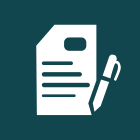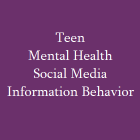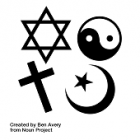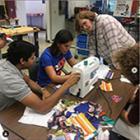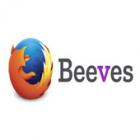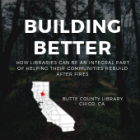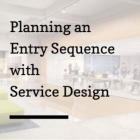
Planning an Entry Sequence with Service Design
How might we plan user-friendly entrances for the library? For this project, we learned about and applied service design tools at UC Berkeley’s new Center for Connected Learning to provide library leadership with input on a redesigned entry experience. After learning about service design, we created six fictional personas and walked them through different entry scenarios to examine each step. Then we created easy-to-understand graphics to provide the UC Berkeley leadership team with planning materials. Any library can use service design tools to improve the experience of its users.

